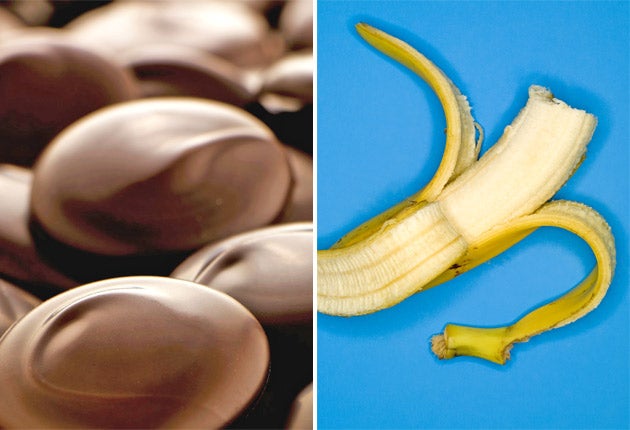Finally, largest ever study finds formula for lasting weight loss

As every dieter knows, losing weight is the simple bit. Keeping it off is the real challenge.
Now the world's largest diet study has come up with a solution: the most effective way of maintaining weight loss is to eat a high protein/low glycaemic index (GI) diet, with lots of lean meat, beans and low-fat dairy products and fewer foods high in refined starch such as white bread and white rice.
The glycaemic index applies to carbohydrates and is a measure of how fast they are converted to glucose. The lower the GI, the slower the digestion and the greater the level of satiety.
Low GI diets allow people to eat until they are full, without counting calories and without gaining weight.
An international study of more than 900 adults and 800 children from eight European countries – including the United Kingdom – found that after six months those on the diet were on average 2kg lighter than those on rival diets with a high glycaemic index. The participants had already lost an average of 11kg and were testing alternative approaches to maintaining their weight loss.
Professor Arne Astrup of the University of Copenhagen, who led the study, said the findings suggested official dietary advice was out of date.
"I was one of the enemies of GI," she said. "I expected in this trial it would make no difference. I was really surprised. It is as important as protein in maintaining weight loss."
High protein diets, such as the Atkins, are known to promote weight loss, because they delay emptying of the stomach and increase insulin production.
Adding carbohydrates with a low glycaemic index which are digested slowly decreases hunger.
Motivation is key in maintaining weight loss and a high protein/low GI diet is easier to follow because no major food group is banned.
But following the diet poses its own challenge. Wholegrain breads and cereals are mostly low GI, as are most vegetables. Among fruits, apples, pears and oranges are low GI, but grapes, kiwi fruit and melon are high GI because they have a lot of sugar. Chocolate is low GI, as the fat slows absorption of the sugar. A hot baked potato has a high GI but cooling transforms the starch rendering it less easily digested, so it becomes low GI.
"If you choose wholegrain versions of bread, pasta and rice, then you will have a lower GI diet. These are the most important contributors," Professor Astrup said.
Typical menu
Breakfast
Low-fat milk with muesli (any variety without added sugar), wholegrain bread with low-fat cheese, an orange
Lunch
Wholegrain bread with lean meat or chicken, tuna steak in tomato sauce with vegetables
Dinner
Stir-fried turkey with vegetables and wholegrain pasta; avocado salad with feta cheese and sugar peas
Subscribe to Independent Premium to bookmark this article
Want to bookmark your favourite articles and stories to read or reference later? Start your Independent Premium subscription today.

Join our commenting forum
Join thought-provoking conversations, follow other Independent readers and see their replies